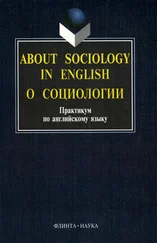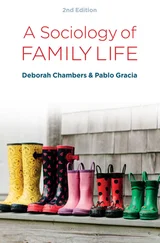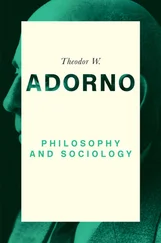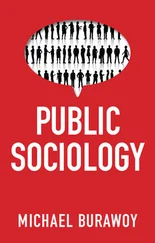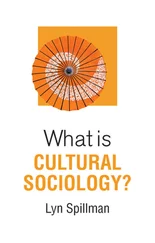The postcolonial critique of mainstream sociology is a powerful one which raises some fundamental problems with the idea of ‘business as usual’ for today’s sociologists. One key issue is the problematizing of the central concept of ‘modernity’, which has long been the focus of sociological theories, from Marx to Giddens, Beck, Bauman and many more. Is the concept of modernity doomed to the ‘dustbin of history’ or is there a way to modify and save it? Does it deserve to be saved?
In recent decades, one way to hang onto the concept has been to note the widely differing and divergent paths of modernization taken by countries around the world. These have led to a series of ideas on ‘multiple modernities’. The article below summarizes these various attempts and tries to explain why they have not had as much impact as might have been expected. Read the paper, then write a 750-word defence of the concept of modernity, taking account of the postcolonial critique from earlier in this chapter. In particular, discuss what sociology would lose should this concept be abandoned, and whether moving towards multiple modernities can reinvigorate the theory of modernization in a globalizing world.
Fourie, E. (2012) ‘A Future for the Theory of Multiple Modernities: Insights from the New Modernization Theory’, Social Science Information , 51(1): 52–69.
 Society in the arts
Society in the arts
Margaret Atwood’s 1985 novel The Handmaid’s Tale is often described as a work of speculative fiction, portraying events in the USA – renamed Gilead – following environmental catastrophe and civil war. American society is subjected to the rule of a strict theocratic dictatorship rooted in a very specific and fundamentalist reading of the Bible. In Gilead, gender roles are clearly defined and brutally established, with new social categories created that shape the lives of all individuals. The book was the source for a television series which, as of 2019, was in its third season (and moved beyond the novel). Read the book and/or watch at least one season of the series.
Many people have interpreted this work as a feminist novel on account of the stark power imbalance between men and women and the ways in which women at the bottom of the hierarchy still find novel ways of resisting the system. However, there are other sociological themes in the story. In particular, as you read/watch, take notes on the central theoretical issues introduced earlier of consensus versus conflict and structure versus agency.
1 Following Marx’s ideas on class conflict, what would you say is the central organizing conflict in Gilead society? In what ways is this conflictual society held together and presented as consensual? Is there any theoretically deduced contradiction within Gilead that might eventually lead to a social revolution from within?
2 Write a 1,000-word essay applying either Giddens’s structuration theory, Elias’s ideas on figurations, or Durkheim’s concept of social institutions and social facts to Atwood’s Gilead. Take account of the extensive militarization of this society, which social categories offer the best prospects for individual agency, and whether these are entirely male-dominated.
There are many books covering sociological and social theory, so you could try dipping into a few titles to find one that suits. A comprehensive text aiming to use social theory in real-world applications is Michelle Dillon’s (2019) Introduction to Sociological Theory: Theorists, Concepts and their Applicability to the Twenty-First Century (3rd edn, Chichester: Wiley-Blackwell). Pip Jones and Liz Bradbury’s (2018) Introducing Social Theory (3rd edn, Cambridge: Polity) is also very good.
For the classical theories, Kenneth Morrison’s (2006) Marx, Durkheim, Weber: Formations of Modern Social Thought (London: Sage) is reliable, while George Ritzer and Jeffrey Stepnisky’s (2017) Classical Sociological Theory (7th edn, Thousand Oaks, CA: Sage) is an excellent book. For contemporary theory, Anthony Elliott’s (2014) Contemporary Social Theory: An Introduction (2nd edn, London: Routledge) is well written and comprehensive.
Remember that at some point it will be necessary to read the key theorists in their original works, most of which are not as daunting as you might think. Ultimately this is a necessary requirement if you are to make your own interpretation and assessment of their relative merits.
For a collection of original readings on sociological theories, see the accompanying Sociology: Introductory Readings (4th edn, Cambridge: Polity, 2021).
 Internet links
Internet links
Additional information and support for this book at Polity: www.politybooks.com/giddens9
Sociologists: Dead and Very Much Alive – excellent resources on a range of sociological theorists: www.d.umn.edu/cla/faculty/jhamlin/4111/Sociologists.html
The Feminist Theory Website – feminist theories and perspectives from academics based at Virginia Tech University: www.cddc.vt.edu/feminism/enin.html
Phenomenology Online – phenomenologists and ethnomethodologists: www.phenomenologyonline.com/
A series of websites devoted to the work of some contemporary theorists:Jean Baudrillard: https://baudrillardstudies.com/Zygmunt Bauman: https://baumaninstitute.leeds.ac.uk/Judith Butler: https://bigthink.com/u/judithbutlerUlrich Beck: https://webarchiv-ulrich-beck.soziologie.uni-muenchen.de/en/Norbert Elias: http://norbert-elias.com/en/Michel Foucault: https://michel-foucault.com/Anthony Giddens: www.thoughtco.com/anthony-giddens-3026484Erving Goffman: http://people.brandeis.edu/~teuber/goffmanbio.html
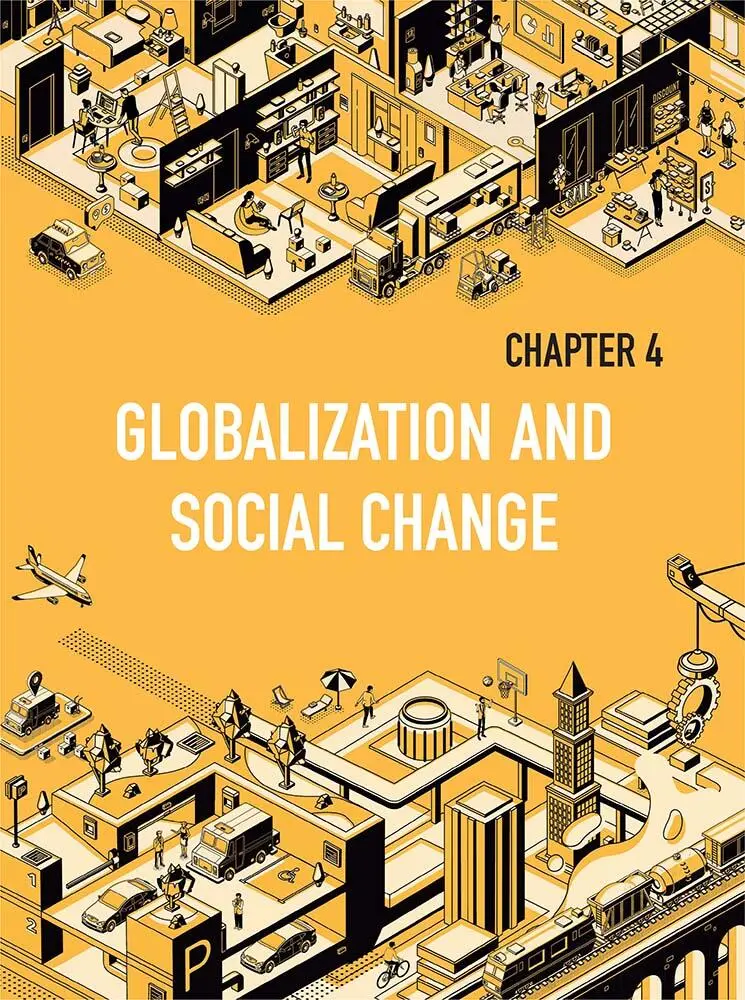
1 Early societies and civilizations
2 Human origins and migration
3 Traditional civilizations
4 The transformation of societies
5 Modernity and industrial technology
6 Classifying the world’s societies
7 How societies change
8 Globalization
9 Elements of globalization
10 Structuring the globalization debate
11 Consequences of globalization
12 How to govern a global society?
13 Chapter review
14 Research in practice
15 Thinking it through
16 Society in the arts
17 Further reading
18 Internet links

This image of Europe and North Africa at night, taken from space, is one illustration of the global extent of human settlement.
Human beings have existed on Earth for less than half a million years. If we think of this entire span of human existence as a 24-hour day, agriculture came into existence at 11.56 p.m. – four minutes to midnight – and civilizations at 11.57 p.m. The development of industrial societies began only at 11.59 and 30 seconds, and yet, in those last 30 seconds of the human day, there has been more rapid population growth and socio-environmental change than in all the ages leading to it.
Читать дальше
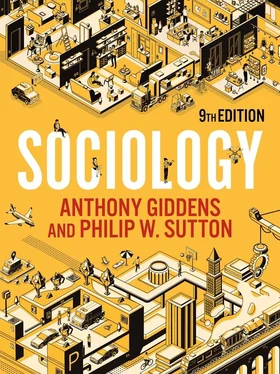
 Society in the arts
Society in the arts Internet links
Internet links


